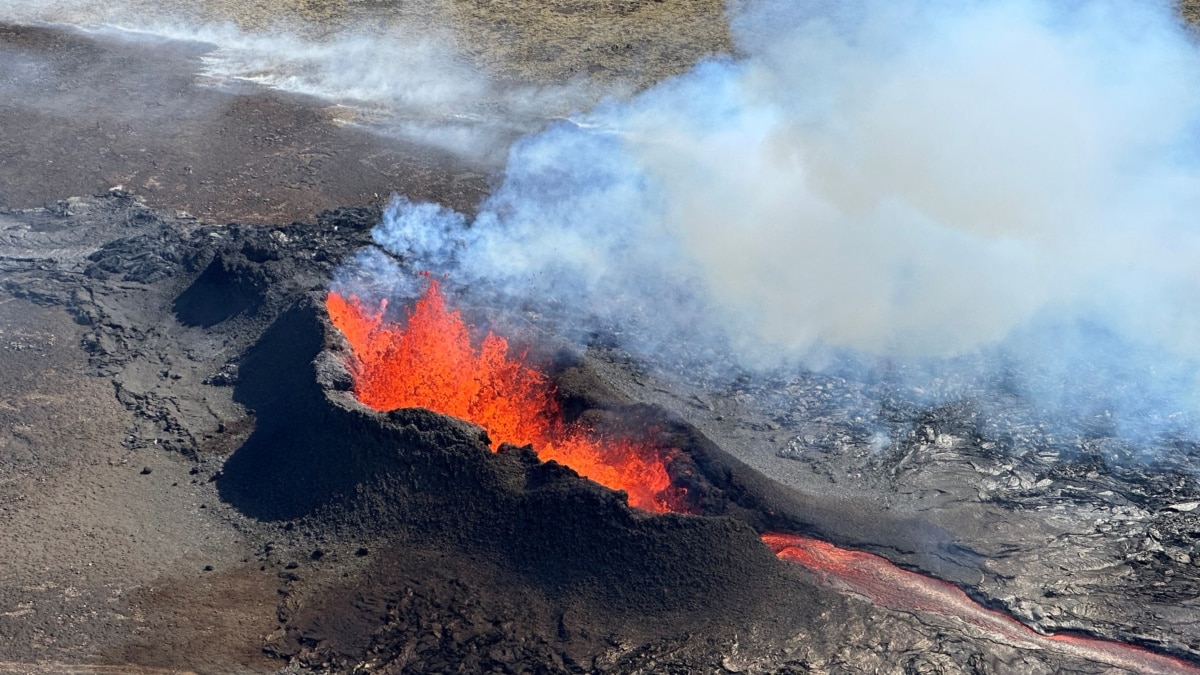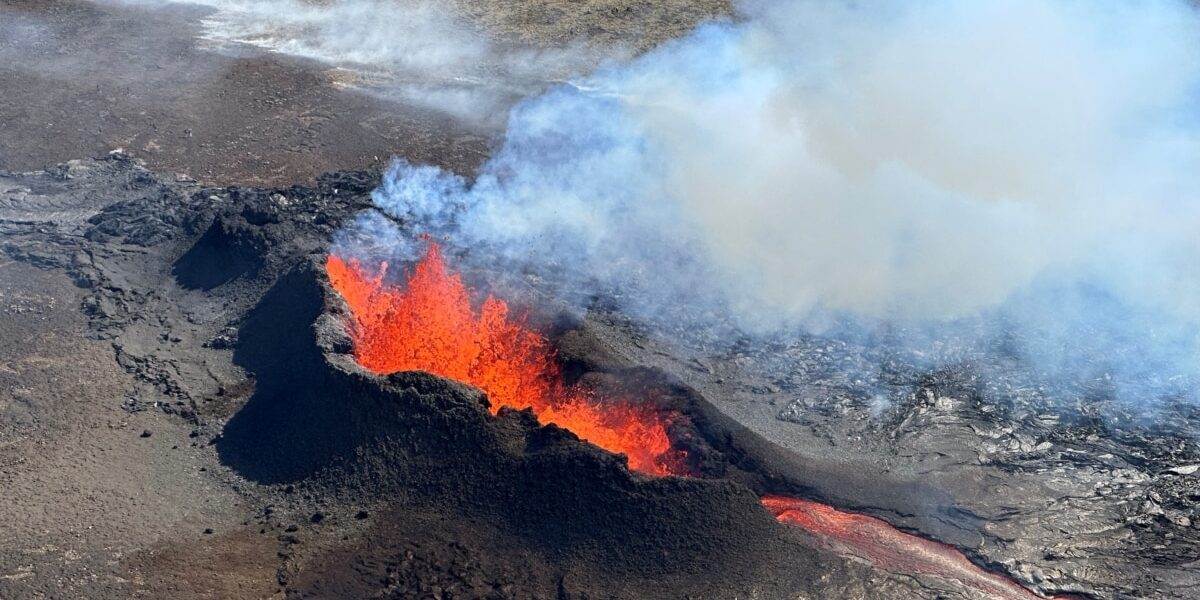A series of earthquakes is occurring in Iceland, described as a “seismic swarm.”

Iceland’s meteorological office announced on Friday that the Reykjanes Peninsula in the southwestern part of the country has been encountering a series of minor earthquakes, also known as a “seismic swarm,” for the past three days. So far, there have been approximately 5,800 recorded earthquakes since the swarm began, with around 1,000 occurring since midnight on Thursday.
The meteorological office, also referred to as the “Met” office, has published several reports on its website stating that most of the earthquakes recorded were below a magnitude of 3. However, in the past three days, two earthquakes were above a magnitude of 4.
On Wednesday, the biggest quake registered at 4.5 on the Richter scale north of Grindavík town.
Every day, there are small earthquakes in the country located between the Eurasian and North American tectonic plates. However, the recent increase in seismic activity, known as a seismic swarm, is uncommon.
The national police commissioner has declared a state of “Level of Uncertainty” in response to the earthquakes, advising residents to secure any loose objects in their homes. It is also noted that the earthquakes could potentially cause rocks or soil to slide in areas with steep inclines.
The Met office stated that the recent series of earthquakes was caused by changes in the earth’s crust due to the movement of molten rock towards the surface under the Fagradalsfjall volcanic system.
During an interview with Reuters, Matthew Roberts, the chief of the Met Office Research division, stated that the earthquakes serve as a warning of a possible volcanic eruption within the next year. However, he acknowledged that forecasting the exact timing of earthquakes is challenging.
In July, Iceland experienced a volcanic eruption on the uninhabited section of the Reykjanes Peninsula, following a period of heightened earthquake activity.
Reuters provided some information for this report.
Source: voanews.com




